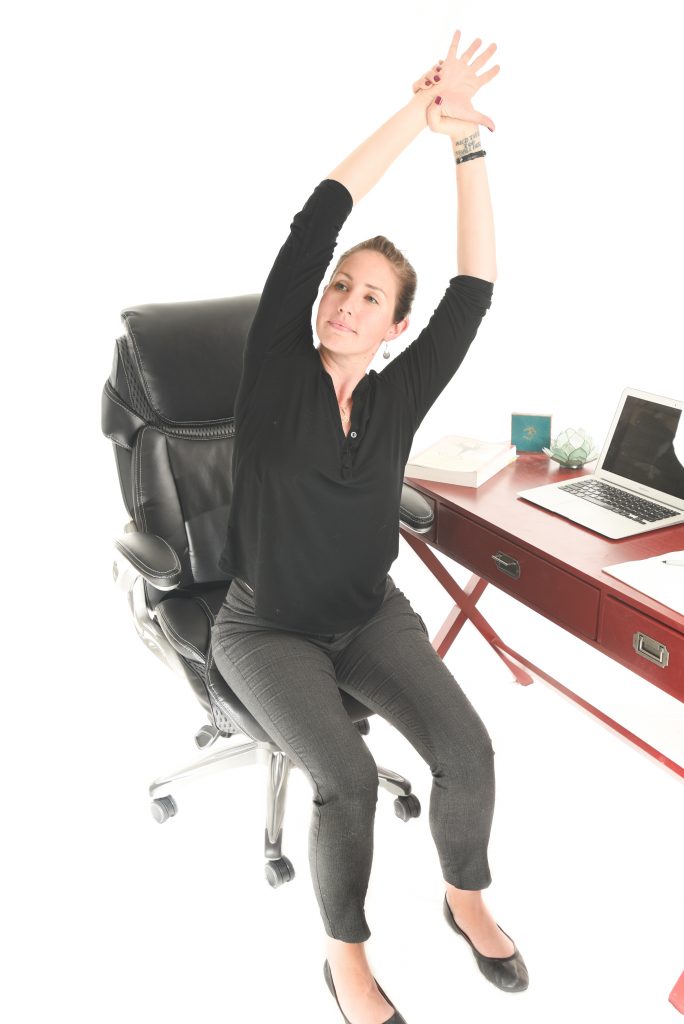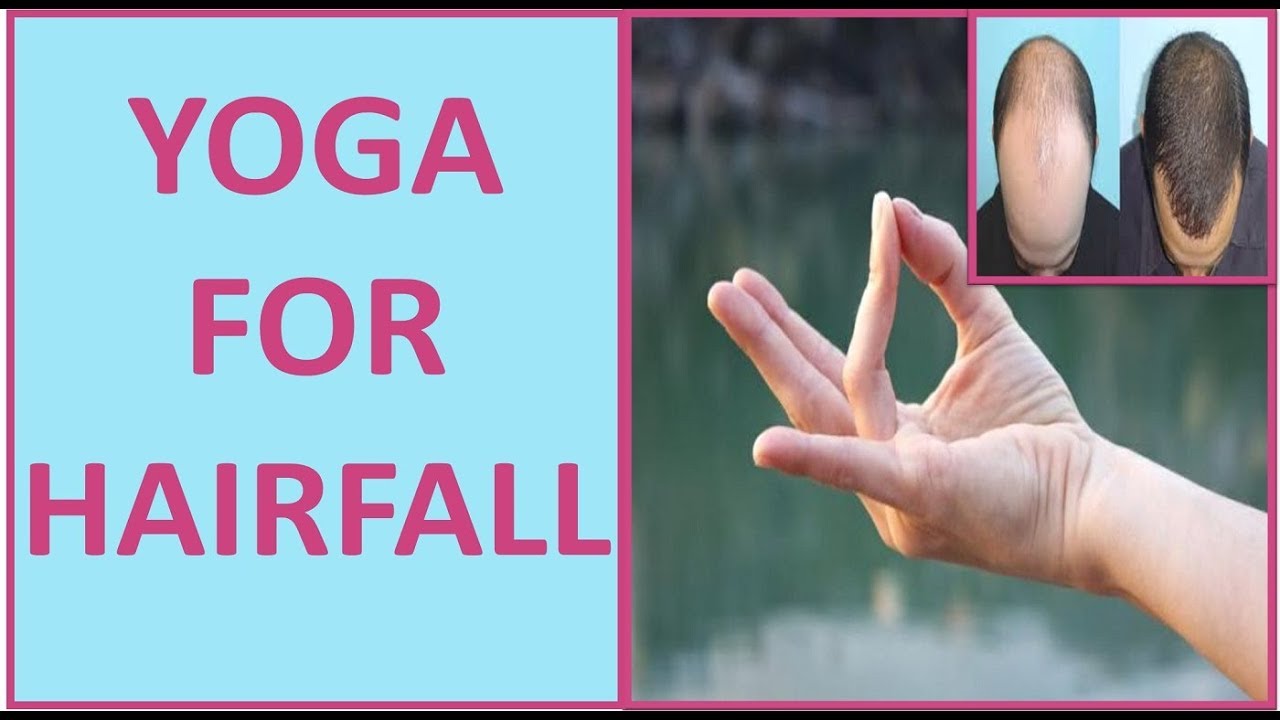
Have you heard of 'the yogic breath of fire'? It is a breathing technique that is known to generate heat in the body and is especially beneficial for people who have Kapha body composition or are water dominated, as per the Ayurveda. Bhastrika is a type of pranayama that looks similar to Kapalbhati but is different from it in two fundamental ways. "Kapalbhati is essentially a breathing technique that mimics sneezing and involves the stomach. Bhastrika, on the other hand, is done through the chest and engages the lungs. Here, unlike Kapalbhati, both inhalation and exhalation are forced. It is similar to the post running panting," Yogacharya Anoop, Chaitanya Foundation.
Benefits of Bhastrika
1. It is good for brain oxygenation.
2. It benefits the nervous and the motor system.
3. It is great for energizing the body and the mind
4. Good for people with depression and anxiety
5. It helps in treating fibrosis
6. Great for lungs and people who suffer from repetitive cough, flu, respiratory issues, allergies or breathlessness
7. Helps strengthen immunity
8. Checks sleep apnea as well
Things to Keep in Mind
Bhastrika should always be done towards the start of your practice or pranayama, and must be followed by Kapalbhati. It is beneficial when done during the colder months, however, those whose physical composition is water dominated (Kapha) or those who suffer from low BP, depression or anxiety can perform it during summers and benefit from it. Bhastrika should never be done on a full stomach or at night. It revs up the nervous system, which could meddle in relaxing the body for sleep. As the practice is known to generate heat in the system, people with hypertension and heart issues must not attempt practicing Bhastrika. Pregnant women should also steer clear of it. Don't practice Bhastrika while you're undergoing a migraine attack.
Bhastrika is a balancing technique, it helps in correcting any imbalances in the three doshas - vata, pitta and kapha.
How to Perform Bhastrika
Sit in Padmasana (Lotus Pose).
Take a deep breath and fill your lungs with air.
Release the breath after counting till five.
Now begin practicing the technique by inhaling and exhaling with force and mimicking the panting activity.
To begin with, practice at least 21 times (one round of inhalation and exhalation will count as one time).You can take breaks and continue doing it for three minutes. Gradually increase the count and the duration as the stamina increases.

Yoga is an age-old holistic practice, yet it has often meshed into newer forms. We'd like to throw the spotlight on an interesting form of yoga known as Vinyasa which involves the transition from one posture to another without resting or taking a break. The practice of breathing in and breathing out while getting into and out of a posture has great importance while practicing Vinyasa yoga. The term Vinyasa is derived from the words Vi and Nyasa which means, 'to place in a special manner'. This denotes that the practice of Vinyasa yoga involves the body to get into specific postures, to place each limb in a particular position, synchronized with your breathing and to be mindful of the entire physical kriya. The idea is to be aware of all different parts of the body, feel them while getting into a posture, derive the most from an existing pose and move on to the next one.Breathing Technique
Your breath is the connecting thread between two postures and this is why Vinyasa yoga is also known as 'flow yoga'. Ujjayi breathing is practiced while performing Vinyasa yoga - which means that you first fill your stomach up followed by the rib cage, chest and then the throat. This form of a breathing technique is practiced throughout while performing Vinyasa yog.
The Vinyasa Effect
Since Vinyasa yoga is a quite a dynamic form of yogic practice (and you can always play around with the intensity and speed of getting in and out of the postures), it is something that will generate heat in your body. Vinyasa yoga is excellent for body strengthening, flexibility, shedding weight, boosting metabolism and gaining muscles. It combines various classes of postures together - from standing poses to forward and backward bends, bodily twists et cetera. Therefore, it is like a complete body workout. You become more aware of your body and more mindful of its capabilities. Vinyasa yoga challenges your physical limitations and prepares the body for more strenuous experiences.
The Flow
An ideal sequence of postures in a Vinyasa practice can be a product of various poses tailor-made by your instructor. The thumb rule is that you begin and end on the same posture, always. For example, you can begin with the Four-limbed staff pose (Chaturanga Dandasana), move on to the Upward Facing Dog Pose (Urdhva Mukha Svanasana), then on to the Downward Facing Dog (Adho Mukha Svanasana) and finally back to the staff pose. Many instructors may take you through the Child's Pose to the Corpse Pose to actually exhibit various stages of life through yogic expression.
"Vinyasa means arranging something in a special way. It is a flow form of yoga that coordinates the movements with breath. Each step is a breathe in followed by a breathe out. Here the heart opener postures follow the forward bends," shared yog expert Manisha Kohli who also co-owns a The Yoga Chakra studio in Delhi.
Yoga is something that can easily be included in your daily routine. All it takes is a yoga mat and some dedication and persistence. Any form of physical activity is great for you to break the vicious cycle of a sedentary lifestyle. Get in touch with a certified yoga expert to learn more about Vinyasa yoga and how can you reap maximum benefits by practicing it.

It's no surprise that sitting at a desk, staring at a computer screen all day, is detrimental to your health. But you still can't find the time to get active in between meetings, conference calls, and doctor's appointments? Don't worry.
Office Yoga is a great way to shake off the tightness, de-stress and stay active while you're at work. It improves your blood circulation, balance, posture and flexibility. Taking breaks at office with yoga is one of the most effective ways to reduce anxiety, and in fact, it also leaves you feeling energised and focused.
Each of these yoga poses will draw your senses away from the outside world, minimise pain, and make sure your neck, back, arms, hips and wrists remain in good working order. You can perform them at any time of the day (quite unobtrusively) and reap the health benefits while sitting right at your desk.
1. Apanasana
This is on of the most functional yoga poses to prevent hair loss. This works by purifying the body and flushing out the toxins in order to have a healthier overall self.
2. Uttanasana
This asana promotes blood supply to the head which in turn promotes hair growth. This is an effective remedy for a flat tummy too.
3. Adho Mukha Svanasana
One of the best poses for hair growth as it supplies the head and crown with a good flow of blood circulation. Hence, the hair follicles get nourished in this asana.
4. Sarvangasana
This asana rushes hair to the brain immediately and increases blood circulation in the head on a good amount which helps in promoting the hair growth.
5. Sasangasana
As your crown touches to the ground in this pose, it is quite obvious the blood rush your head will be experiencing. This blood flow helps the scalp to be stronger.
Be gentle with your hair and take proper care, and your hair fall will vanish away. Hope this article on how to stop hair fall is helpful to you all.
Lower back pain is one of the most common ailments among adults all across the world. You may wake up in the morning with an energising drink before going out to work. After you arrive at work, you may have to sit there till lunch, which involves further sitting and you are required to sit for more hours for completing the remaining work. Then you come back home by sitting in the car and have the night’s meal while again sitting. Did you know sitting through the day is the major culprit behind your back pain? Thankfully, yoga has effective ways of treating back pain to a considerable degree.
You can choose to do the following yoga poses for alleviating your back ache:
Supine hamstring stretch: You will have to lie back on your back and bend the right knee to the chest. Then you will have to place a rolled-up towel around the football and straighten the leg towards the ceiling and press both the heels. In case your lower back feels strained, you can bend your left knee and place the foot right on the ground. Hold the position for about 3 to 5 minutes and practice regularly for soothing back pain.
Two knee twist: You will have to bend your knees to the chest while lying on the back and try to bring out the arms forming a T-shape. Then try to exhale and lower down the knees on the ground towards your right side. Keep both the shoulders pressed down firmly and hold this position for about 2 minutes for best results.
Sphinx: You will have to prop yourself on the forearms while lying on the stomach. You will then have to align the elbows right under the shoulders and press through the tops and palms of the feet. You are likely to feel terrific sensations down your lower back, but it is advised to bear through it as it allows the flow of blood to that region which is required for healing. Practice the position regularly and hold it for at least one minute.
Thread the needle: This is quite an easier pose where you will have to lie flat on your back by bending both the knees with your feet flat on the ground. You will now have to bend the right knee by placing the outer left ankle through the right thigh. You will have to thread the right hand between the leg and interlace the hands behind the left thigh.
These positions would help in soothing your lower back pain, but it is recommended to consult a doctor if the pain still persists. Ayurvedic Tiktaksheer basti, massage therapy and certain oral medicines can help a lot in speedy recovery from spine/back related problems.
Ayurved has a very unique way of drug administration called Basti in which various medicines are given through the anus ( Rectal route)...For Lumbosacral / spine disorders a very specialised form of enema Tiktaksheer Basti (Medicated Bitter Milk enema) is given which shows amazing results. Kindly consult a specialized Ayurvedic practitioner for additional details.
Kati Basti (Vasti) is a traditional Ayurvedic treatment used for lower backache and disorders of lumbosacral region, including slip disc, lumbar spondylosis, sciatica, spinal problems etc. Kati Vasti is a part of external oleation (Snehana) therapy in Ayurveda. It is very safe, non-invasive and green category procedure.
In this procedure, you will get instant relief from backache. After completing a course of 7 to 21 days, you may not need any kind of oral medicines. It is a complete therapy for back pain and lumbosacral disorders.
However, the results vary person to person, but in most of cases, people get quick relief after the procedure.










